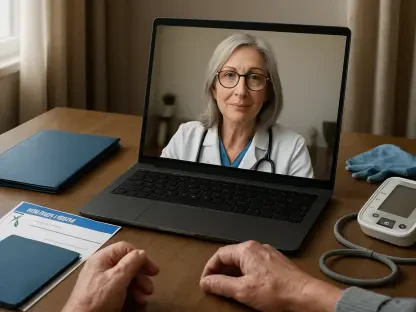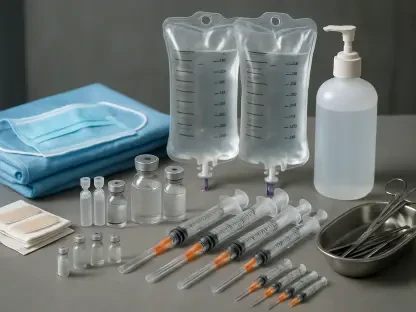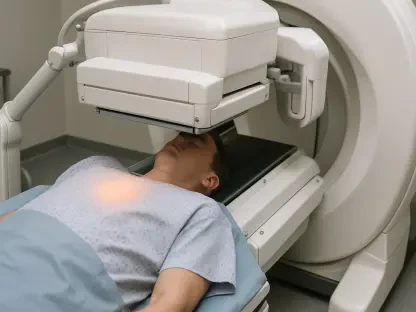The recent closure of one of Cairns’ two radiology clinics has illuminated a significant healthcare workforce crisis impacting Far-Northern Queensland and other regions. This development has left I-MED Radiology as the only provider of breast cancer screening services in the area, and it operates merely two days a week. This limitation places substantial strain on healthcare services, with the clinic now catering to a vast region stretching from Cairns to Cape York. The situation underscores the pressing need for more healthcare workers, particularly radiologists, to meet the demand.
The Impact of Radiology Clinic Closure
The temporary closure of the radiology clinic in Cairns in November has had extensive consequences. With only one clinic now available, patients in need of breast cancer screening and other radiology services are encountering longer wait times and potential delays in diagnosis. Serving a large geographic area with constrained resources exacerbates the problem, making the critical need for more healthcare workers, especially radiologists, even more apparent.
Dr. Nick Yim, President of the Australian Medical Association (AMA) Queensland, attributes the closure to a global shortage of healthcare workers. This shortage is a widespread issue affecting both public and private healthcare institutions worldwide. However, the problem is especially intense in regional and rural areas, where healthcare disparities are already notable. The lack of radiologists has significantly disrupted services, with maintenance of operational radiology clinics becoming impractical due to staffing inadequacies.
Broader Implications of Radiologist Shortage
The radiologist shortage does not stand alone; it is part of a larger workforce crisis affecting various medical specializations across Queensland. Dr. Yim observes that this shortage has resulted in heightened stress and potential risks for patients who may wait weeks or travel outside their communities for essential imaging services. The issue is particularly critical in regional and rural parts of the state, where timely diagnostic imaging access is often compromised.
Financial implications for patients present another major concern. Kat Feeney, during her interview with Dr. Yim on ABC Radio Brisbane, highlighted instances where patients are referred to private clinics for mammograms at approximately $600. This situation is common in regional Queensland, leading to questions about the adequacy of current healthcare provisions and the financial burdens on patients. The high costs associated with private healthcare services impose additional strain on already stressed regional medical infrastructures.
The Role of Cairns Hospital and Potential Solutions
With the closure of the radiology clinic, Cairns Hospital has faced growing pressure to balance the increasing demand for its services. Both patients and healthcare providers have expressed frustration regarding accessibility issues surrounding diagnostic imaging. Dr. Yim emphasizes the importance of public-private agreements and innovative care models to ensure that regional residents have timely access to diagnostic and treatment services.
AMA Queensland is actively collaborating with Queensland Health and the government to tackle these challenges. Dr. Yim underscores the necessity for ongoing efforts to explore different care models and strategies. The ultimate goal is to guarantee prompt access to healthcare for individuals in remote regions. Addressing workforce shortages through innovative models of care could significantly alleviate the burdens on existing healthcare services.
Urgency and Long-Term Strategies
The recent shutdown of one of Cairns’ two radiology clinics has highlighted a critical healthcare workforce crisis affecting Far-Northern Queensland and other areas. This closure leaves I-MED Radiology as the sole provider of breast cancer screening services in the region, operating just two days per week. The limited availability has significantly strained healthcare services, as the clinic must now serve an extensive area ranging from Cairns to Cape York. This dire situation underscores the urgent need for additional healthcare professionals, especially radiologists, to meet the growing demand for medical services. The community’s dependence on a single clinic emphasizes how crucial it is for the healthcare system to address and resolve these workforce shortages. The increased pressure on the remaining clinic not only impacts the quality of care but also leaves many people without timely access to essential health services. Immediate action is necessary to ensure that qualified healthcare workers are available to support and sustain the medical needs of the region.









